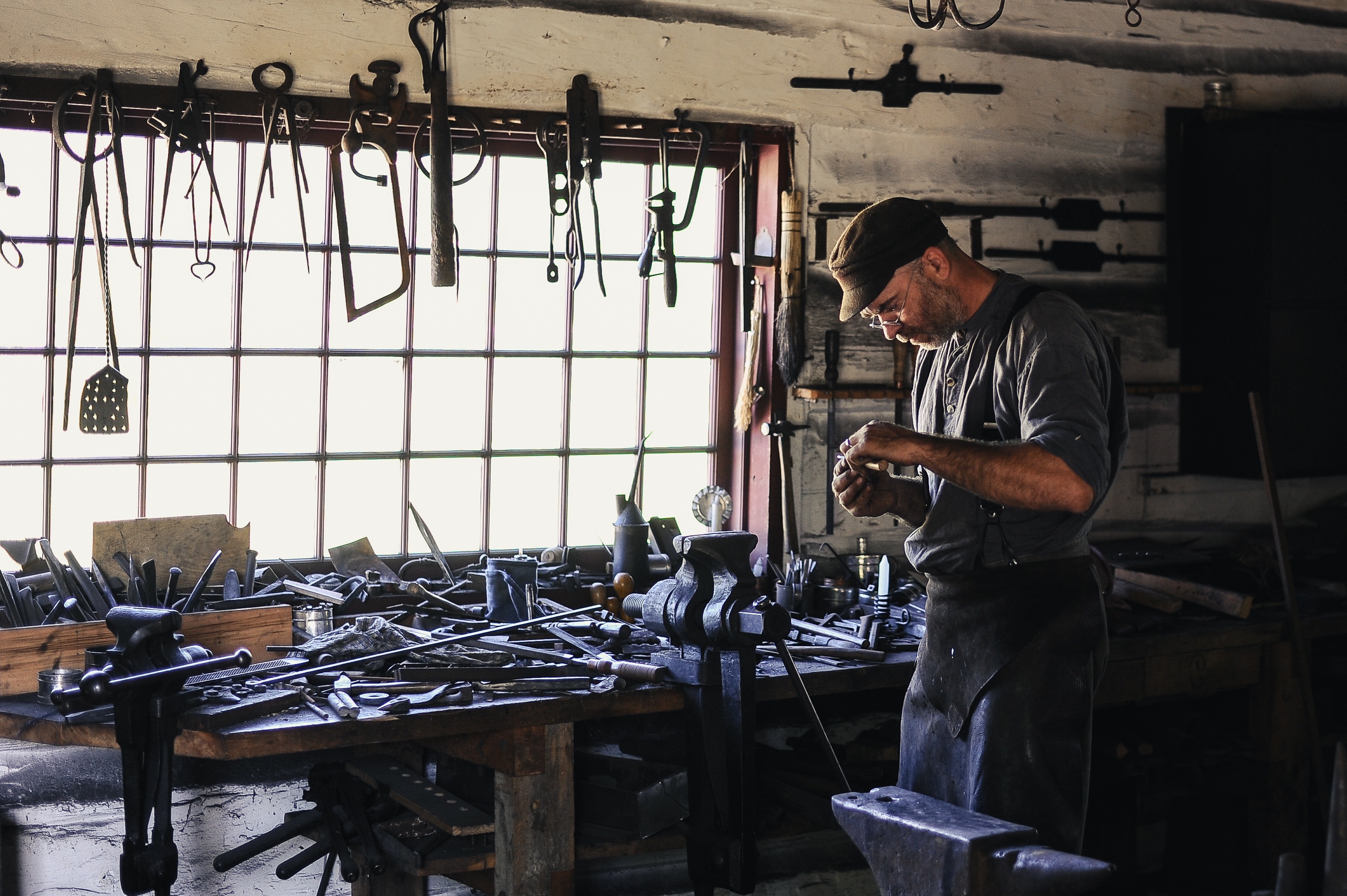20 Jan Getting Back to Work
The tired cliché, “timing is everything in life” holds true for everyone in any situation. How and when the burn survivor should return to work is a major decision, and not one to be made solo or taken lightly. The familiar lament that “we spend more time at work than with our families” is also true for everyone. For the burn survivor returning to the familiar community and known network of his/her workplace, nothing is more therapeutic for long-term recovery.
The first important step is to have your recovery team evaluate your recovery status and your ability to return to work. In order to do this, your team will need to understand the specific physical and mental skills required for your job. Once that is clear, your team can suggest helpful accommodations you can request from your employer. Specifically these could include: the number of hours worked per day/week, and/or the necessity and availability of light duty transitional responsibilities.
 Access to a vocational counselor experienced in working with employers and burn survivors is helpful to assessing and negotiating your needs. Still, no one knows better than you do what your strengths and weaknesses are. The ultimate onus is on you to be proactive and anticipate what you can do to physically and mentally to “train” for your return to work. The devil is in the details – strength-building exercises, extra clothing and supplies to ensure your comfort.
Access to a vocational counselor experienced in working with employers and burn survivors is helpful to assessing and negotiating your needs. Still, no one knows better than you do what your strengths and weaknesses are. The ultimate onus is on you to be proactive and anticipate what you can do to physically and mentally to “train” for your return to work. The devil is in the details – strength-building exercises, extra clothing and supplies to ensure your comfort.
The second most important step to returning to work is to communicate with your employer early on. Keep in touch with any coworkers you’re close to. Discussing your progress, your interest in returning to work, and apprising your employer and coworkers of your approximate timetable for return, is an ongoing dialogue. This helps both you and your employer best manage your mutual expectations. Understandably, both you and your employer may be nervous about your return to the workplace. Concerns about your overall ability to do what you used to do may plague you. Symptoms of this anxiety may be concerns with your appearance, sleep deprivation, and/or depression. Research shows that although physical issues decrease during the recovery process, psycho-social issues tend to increase with the passing of recovery time. Post traumatic stress disorder (PTSD) may manifest itself to the burn survivor returning to the workplace where the injury occurred. Additional support from therapists and psychiatrist may be required.
As in any challenging social situation, try to put yourself aside and take the courage to make the first social overtures to your employer and coworkers. Reach out and make that hard first move, that confident first smile, that first warm greeting. Ask coworkers what’s been going on in their lives in your absence. Address comments and questions as directly and honestly as you can, but remain ready to redirect any uncomfortable dialogue back to the speaker.
Although most people return to work around the three-month mark, “every patient, every injury, and every job is different.” Burn injury patients are often encouraged to return to work sooner than anticipated because their quality of life improves exponentially once they do. This is when you stop being a patient, and start taking command of your “new normal.” At first, this action may leave you tired, and you may hurt a little more, but it’s your way back to being a productive and contributing, member of your household again.
For more information about burn injuries, please visit our website www.burnsurvivor.com
To contact attorney Robert A Brenner directly, call 800-669-7700, or email [email protected]
To learn more about attorney Robert A. Brenner, please visit his website www.brennerlaw.com
